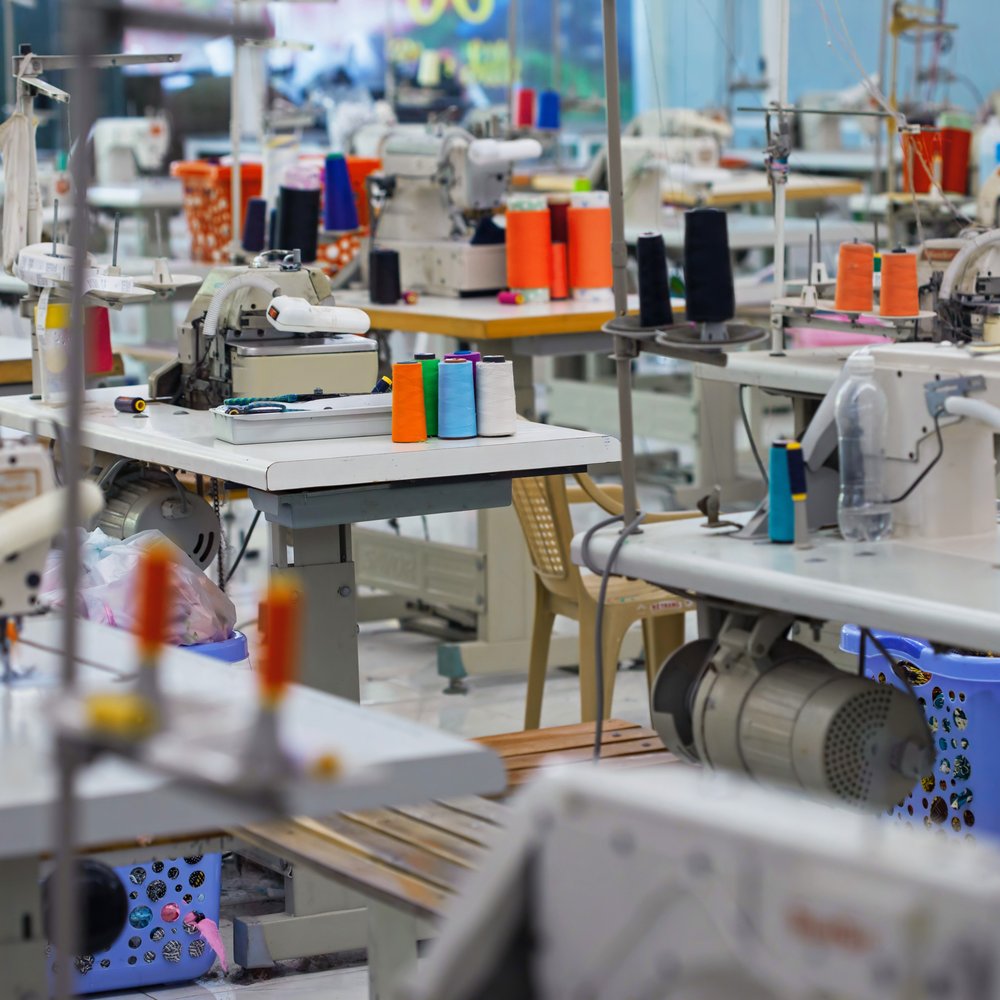Cambodia: Garment workers predict bleak future with US tariffs

Shutterstock (purchased)
Shorter contracts with fewer protections, job losses or resigning to look for work overseas. These are the bleak choices Cambodian factory workers and their union representatives say hundreds of thousands of people will probably face if the 49% tariff U.S. President Donald Trump announced last week is not cut dramatically.
People involved in the garment sector, which makes up about a third of Cambodia's exports to the U.S., said the impact would not be immediate because brands typically place orders six to 12 months in advance. But they added that if production does move, Cambodian factories and workers would be devastated.
"If [factory owners] don't get the benefits, and if we can't produce much for them, they will take it out on us," said Lounh Veasna, who works at Xinyongsheng (Garment) Cambodia, an apparel maker in Phnom Penh, referring to favorable trade terms with the U.S.
Trump's new tariffs are likely to impact Cambodia more than most other Asian countries because of how much it relies on the U.S. The Southeast Asian nation exported $9.9 billion worth of goods to the U.S. last year while importing $264 million worth, according to Cambodian customs statistics. Exports to the U.S. accounted for 37.8% of the nation's total exports.
More than half of the U.S.'s imports from Cambodia were garments, footwear and travel goods -- a sector that constitutes 45% of Cambodia's export revenue and employs more than 900,000 workers.
[...]
To cut costs enough to absorb the tariffs, factory owners might well repeat the strategy they adopted during COVID, said Yang Sophorn, president of the Cambodian Alliance of Trade Unions (CATU), referring to slashed benefits and full-time workers being moved to temporary status. Some Cambodian factory workers Nikkei Asia spoke to are employed on a quarterly, or even daily basis.
[...]